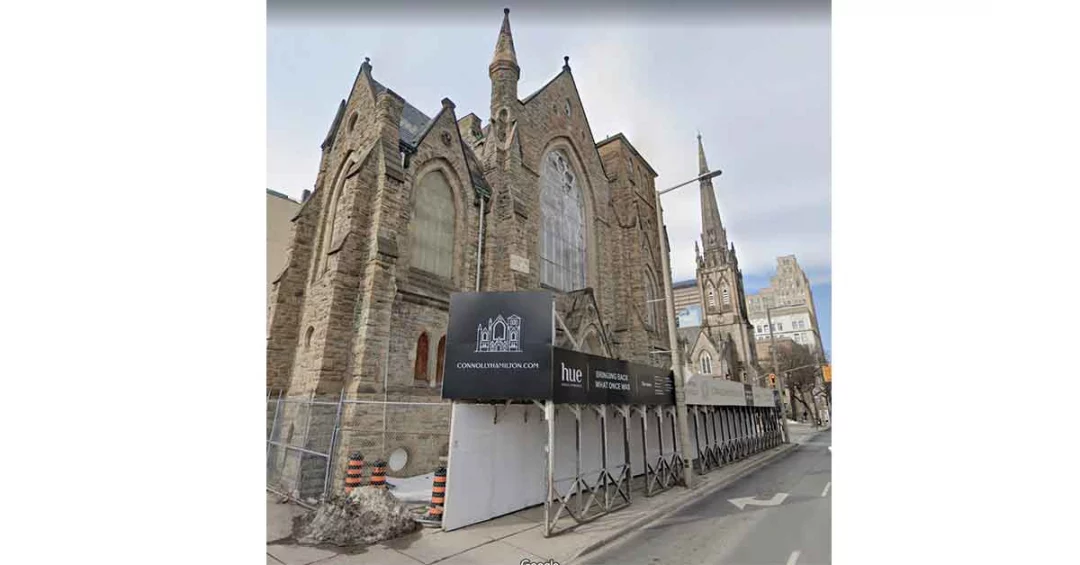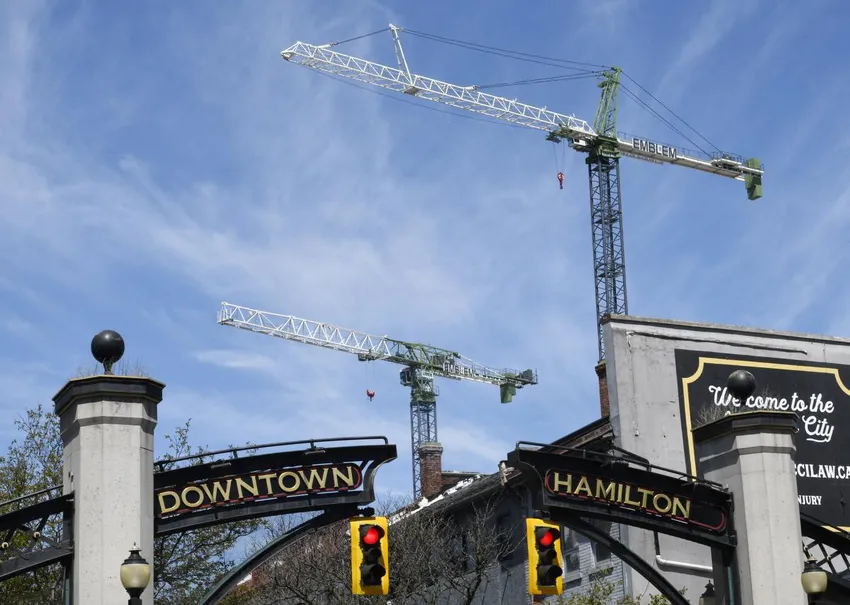What Is Bad Credit?
Bad credit refers to a person’s history of not paying bills on time, as well as the possibility that they would do so in the future. A bad credit score is frequently the result. Companies can also have bad credit if their payment history and current financial status are not in good standing.
Because they are deemed riskier than other borrowers, a person (or company) with negative credit will find it difficult to borrow money, especially at competitive interest rates. This is true of all forms of loans, including both secured and unsecured ones, but the latter has some options.
Understanding Bad Credit
Most people who have ever borrowed money or applied for a credit card have a credit file with one of the three major credit bureaus: Equifax, Experian, or TransUnion. The information in those files is used to calculate their credit score, which is a figure that serves as an indication to their creditworthiness and includes how much money they owe and whether they pay their payments on time. The FICO score, named after the Fair Isaac Corporation, is the most widely used credit score in the United States.
- 35%—payment history. This is given the most importance. It simply shows whether the person with the FICO score has paid their payments on time. Even a few days late can count, yet the longer the payment is late, the worse it is viewed.
- 30%—total amount an individual owes. Mortgages, credit card balances, vehicle loans, any bills in collections, court judgments, and other debts fall under this category. The person’s credit usage ratio, which compares how much money they have available to borrow (such as total credit card limits) to how much they owe at any given time, is essential. A high credit usage ratio (say, greater than 20% or 30%) can be interpreted as a red flag and result in a worse credit score.
- 15%—length of a person’s credit history.
- 10%—mix of credit types. Mortgages, vehicle loans, and credit cards are all examples of this.
- 10%—new credit. This includes any jobs or internships that someone has recently started or applied for.
Examples of Bad Credit
FICO scores range from 300 to 850 and debtors with scores of 579 or lower are typically considered having poor credit.
Fair is described as a score between 580 and 669. These borrowers are significantly less likely to default on loans, making them far less hazardous to lend to than individuals with poor credit scores. However, consumers in this range may incur higher interest rates or have difficulty obtaining loans than borrowers with credit scores closer to the top 850.
How to Improve Bad Credit
There are things you may take if you have low credit (or fair credit) to raise your credit score above 669 and keep it there. Here are some pointers on how to do just that.
Set Up Automatic Online Payments
Do this for all of your credit cards and loans, or at the very least, sign up for the lenders’ email or text reminder lists. This will ensure that you pay at least the monthly minimum on time.
Pay Down Credit Card Debt
Whenever workable, pay more than the minimum payment due. Set a reasonable payback target and strive toward it over time. Paying more than the minimum due will help you increase your credit score if you have a lot of total credit card debt.
Check Interest Rate Disclosures
These disclosures are provided by credit card accounts. Concentrate on paying off the debts with the highest interest rates first. This will free up the most money, which you can then use to pay down other obligations with lower interest rates.
Keep Unused Credit Card Accounts Open
Keep your unused credit card accounts open. Also, don’t create any new accounts that you don’t require. Either action has the potential to harm your credit score.
If you’re having trouble getting a conventional credit card because of your bad credit, consider applying for a secured credit card. It works in the same way as a bank debit card in that you can only spend the amount you have on the deposit. Having a secured card and making timely payments on it can help you rehabilitate your credit and eventually qualify for a regular card if you have a low credit history. It’s also a wonderful approach for young individuals to build their credit history.
Looking for a stress-free way to get started in real estate investing? Check out our current offering with Buy Properly. Buy Properly utilizes a fractional ownership concept to assist investors to build their real estate portfolios. Click here to learn more. >>








